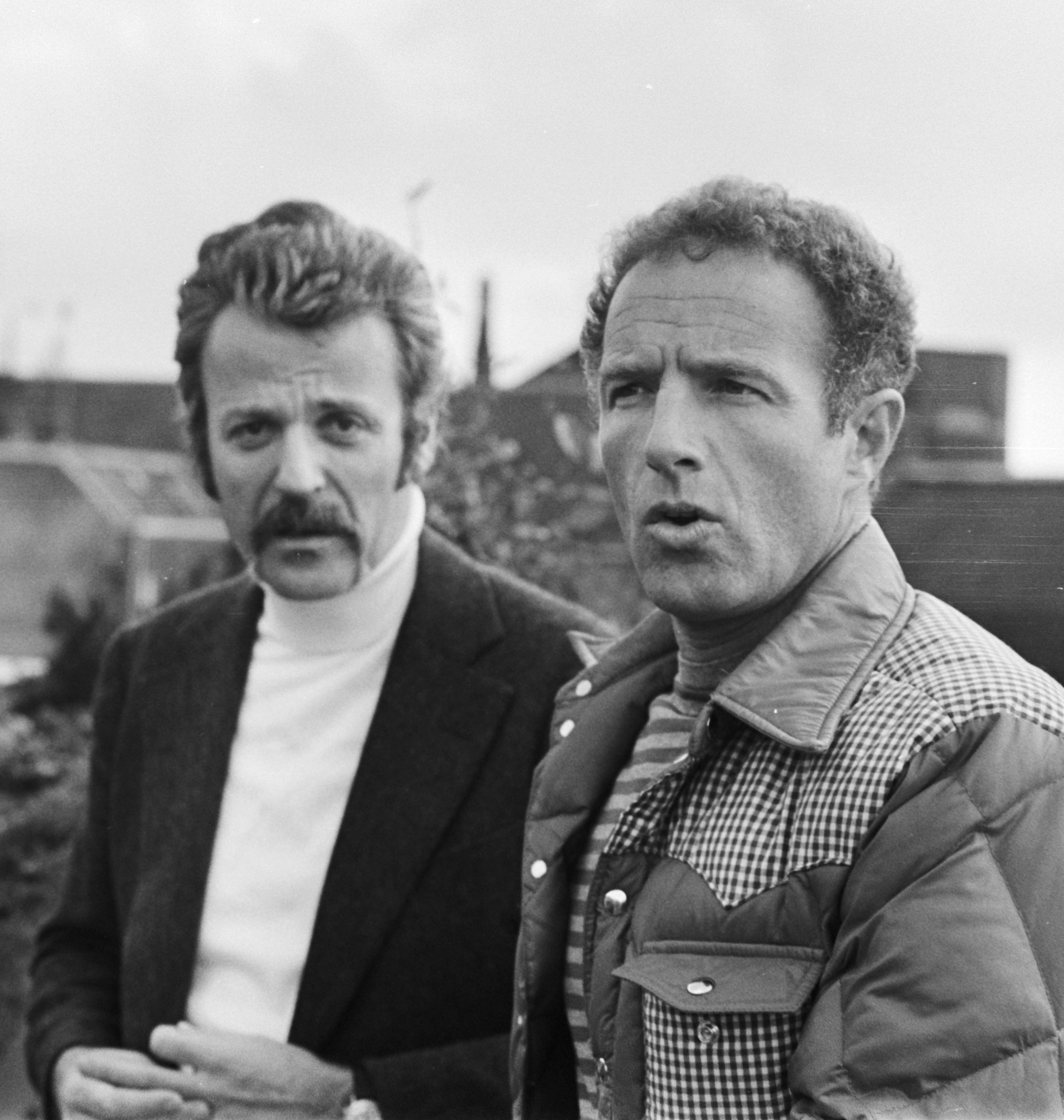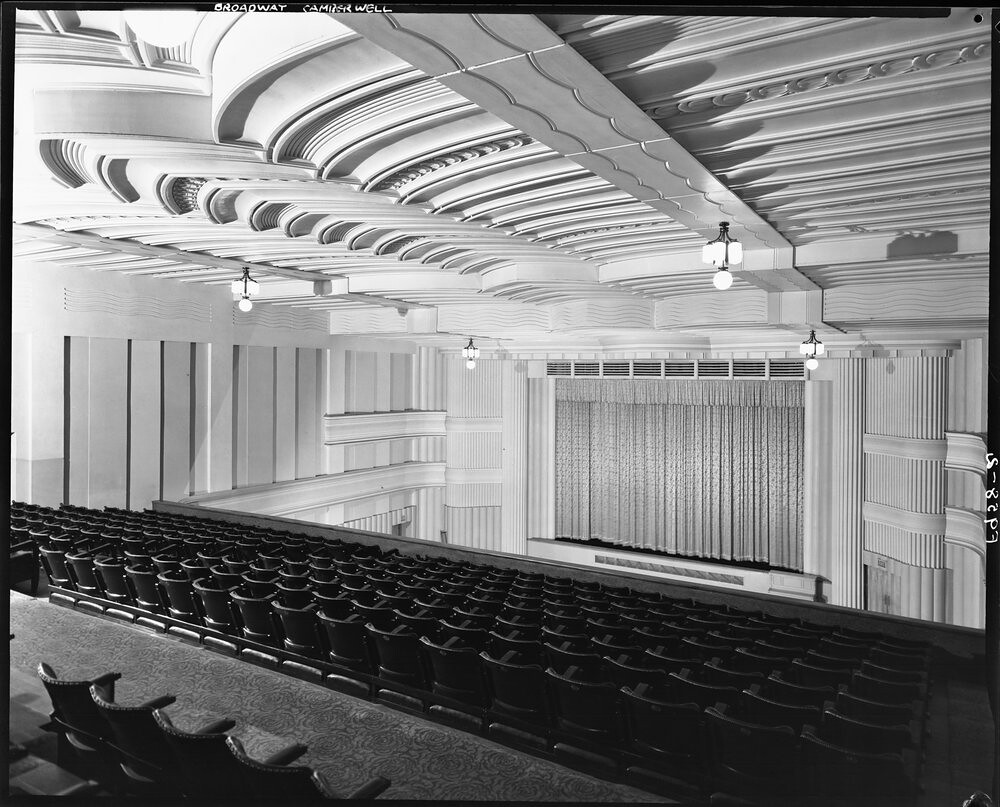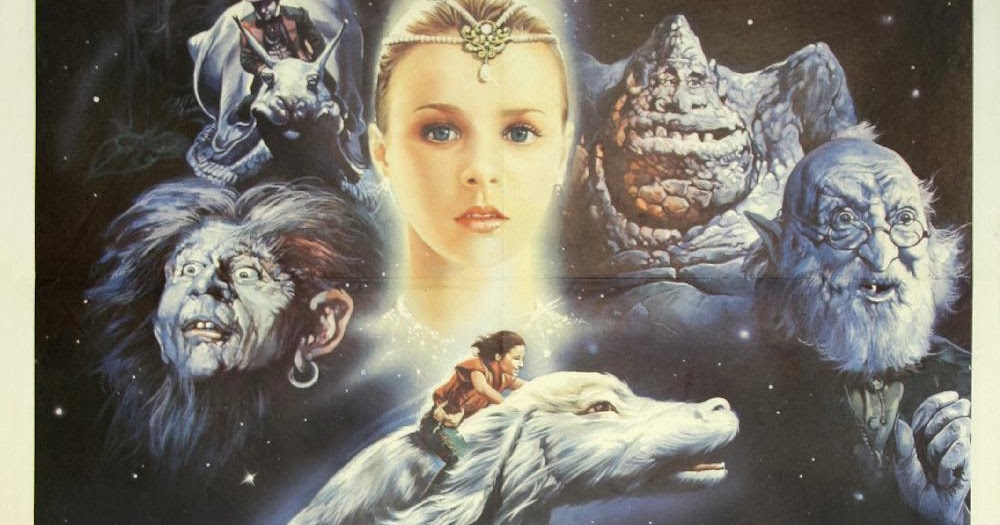
James Edmund Caan, a titan of American cinema whose electrifying performances illuminated the screen for decades, passed away on July 6, 2022, at the age of 82. From his iconic portrayal of the tempestuous Sonny Corleone in Francis Ford Coppola’s “The Godfather” to his Emmy-nominated turn as Brian Piccolo in “Brian’s Song,” Caan’s career was marked by a raw intensity and an undeniable charisma that resonated deeply with audiences and critics alike. His death from a heart attack, complicated by underlying chronic conditions, drew tributes from a constellation of Hollywood legends, underscoring the profound impact he had on the industry.
Caan’s journey through Hollywood was as complex and multifaceted as the characters he often embodied. A New York native, his early life fostered a resilience and spirit that would later become hallmarks of his acting style. While he was nominated for an Academy Award and a Golden Globe for Best Supporting Actor for “The Godfather,” and received a star on the Hollywood Walk of Fame in 1978, his professional path was not without its deliberate pauses and carefully chosen re-engagements, reflecting a discerning artistic sensibility.
This article delves into the early chapters of James Caan’s illustrious career, tracing his path from a spirited Bronx boy to an actor of formidable talent. We examine the foundational experiences, pivotal roles, and early collaborations that shaped his distinct screen presence, setting the stage for the indelible performances that would solidify his place as one of the most compelling actors of his generation. Through these early works, we gain insight into the emergence of an artist whose dedication to his craft, even amidst personal challenges, remained unwavering.
1. **A Formative Youth in New York**James Edmund Caan was born on March 26, 1940, in The Bronx, New York City, a son to Sophie (née Falkenstein; 1915–2016) and Arthur Caan (1909–1986). His parents were Jewish immigrants who hailed from Bingen am Rhein, Rhineland, Germany, and his father sustained the family as a kosher meat dealer. This backdrop of an immigrant family in a bustling metropolis undoubtedly contributed to the grounded and often fierce spirit Caan would later bring to his roles.
Growing up in Sunnyside, Queens, Caan was described as a lively boy, a descriptor that hints at the energetic and sometimes volatile nature that became a hallmark of his performances. His youth was not solely confined to academic pursuits; he frequently participated in street fights, showcasing a physical edge and a readiness for confrontation. This early immersion in the raw dynamics of urban life provided a visceral authenticity to many of his later tough-guy characters.
Beyond the street, Caan developed a keen interest in a range of physically demanding activities, including boxing, rodeo, and motorcycle riding. These pursuits highlight a lifelong affinity for action, speed, and challenging physical endeavors. His later embrace of steer wrestling on the professional rodeo cowboy circuit, where he proudly declared himself the “only Jewish cowboy from New York,” illustrates a persistent desire to engage with life’s more rugged and unconventional aspects, experiences that surely informed his approach to acting. He was one of three siblings, and the personal tragedy of his sister, Barbara Emily Caan Licker, dying of leukemia in 1981 at the young age of 38, would later profoundly affect him, leading to a significant break in his acting career.
Read more about: Totally Tubular Talents: 14 ’80s Stars Who Lit Up Our Screens, Then Seemingly Vanished (But Are Still Awesome!)

2. **The Seeds of a Stage Career**Caan’s formal education began in New York City, and he subsequently enrolled at Michigan State University (MSU). During his two years at MSU, he joined the Alpha Epsilon Pi fraternity, and harbored aspirations of playing football for the university team. However, he was ultimately unable to make the squad, a setback that perhaps redirected his formidable energy toward other avenues.
Following his time at MSU, Caan transferred to Hofstra University in Hempstead, New York, though he did not complete a degree there. It was during his studies at Hofstra that a new passion began to take root and flourish. Among his classmates at Hofstra were future collaborators and notable figures such as Francis Ford Coppola and Lainie Kazan, hinting at the serendipitous connections that would shape his professional life.
The exposure to Hofstra proved to be a pivotal moment for Caan, sparking an intrigue with acting that would alter his life’s trajectory. This burgeoning interest led him to enroll in the esteemed Neighborhood Playhouse School of the Theatre in New York City, where he dedicated five years to honing his craft. Under the tutelage of renowned instructors like Sanford Meisner, Caan immersed himself in the principles of acting. He recalled this period with characteristic candor, stating, “I just fell in love with acting,” but adding with a touch of his signature intensity, “Of course all my improvs ended in violence,” a testament to his innate, raw performing style even in those nascent years.

3. **Early Television and Film Appearances (1960s)**Caan’s acting career formally commenced off-Broadway in productions such as Arthur Schnitzler’s “La Ronde,” before he made his Broadway debut in “Blood, Sweat and Stanley Poole” in 1961. His transition to the screen was swift, with his first television appearance in an episode of “Naked City.” This early exposure to television quickly expanded, featuring him in episodes of “Play of the Week,” “Route 66,” “Alcoa Premiere,” and “Dr. Kildare,” among others. Noteworthy early television roles included appearances in “The Untouchables,” guest-starring alongside Lee Marvin, and even a turn as a “clever German sergeant” in “Combat!”
His feature film debut came with an uncredited bit part in the 1963 Billy Wilder comedy “Irma la Douce,” where he played a U.S. soldier more engrossed in a baseball game on his transistor radio than the romantic machinations around him. However, his first substantial cinematic role arrived in the 1964 thriller “Lady in a Cage,” portraying a punk hoodlum. His performance in this film, where his character controversially gets his eyes poked out, earned praise from his co-star, the legendary Olivia de Havilland, signaling early recognition of his powerful screen presence.
Filmink magazine, reflecting on his early career, accurately captured the essence of Caan’s immediate impact: “People thought Caan was going to be a star pretty much from the get-go. And it’s not hard to see why. Watch him in his early movies and TV appearances, and he’s simply got ‘it’: he was handsome, virile-looking, and could act (New York trained, Broadway broken). Most of all, he had X factor: a nervous energy and intensity that you can feel off the screen. A lot of stars take a while to warm up – Caan was good from the beginning.” This astute observation underlines the inherent magnetism Caan possessed, making him a captivating figure even in his nascent roles. He also had roles in “The Alfred Hitchcock Hour” and “Wagon Train,” and was fourth-billed in the Western feature, “The Glory Guys” (1965).

4. **Howard Hawks and Robert Altman: Crafting a Screen Persona**In 1965, James Caan secured his first starring role in the auto-racing drama “Red Line 7000,” directed by the esteemed Howard Hawks. Although the film did not achieve significant financial success, it proved to be a crucial collaboration for Caan. Hawks was clearly impressed with the young actor’s talent and decided to cast him again in his subsequent film, the 1966 Western “El Dorado.” In this classic, Caan played Alan Bourdillion “Mississippi” Traherne, a distinctive character who supported Hollywood icons John Wayne and Robert Mitchum. His role as the quick-draw, bookish Mississippi showcased a different facet of his emerging talent, demonstrating an ability to hold his own alongside established greats.
The late 1960s saw Caan continue to build his filmography with a diverse array of projects and acclaimed directors. He took on the starring role in Robert Altman’s second feature film, “Countdown” (1967), a science fiction drama. This was followed by a second-billed role in Curtis Harrington’s thriller “Games” (1967). These engagements with innovative filmmakers like Hawks and Altman allowed Caan to explore and refine his screen persona, which was characterized by a blend of intensity, vulnerability, and a distinctly American ruggedness.
His international work also began during this period, with a starring role in the British war film “Submarine X-1” (1968), followed by the lead in the Western “Journey to Shiloh” (1968). While many of these films, aside from “El Dorado,” were not box office blockbusters, they were instrumental in solidifying Caan’s reputation as a versatile and committed actor. He even made an uncredited spot on the spy sitcom “Get Smart” as a favor to star Don Adams, playing Rupert of Rathskeller. Despite early struggles with box office success, Caan’s commitment to challenging roles was evident, as he expressed, “No one would put me in a movie. They all said, ‘His pictures never make money’.”

5. **The Turning Point: ‘Brian’s Song’ and Critical Acclaim**As the 1970s dawned, Caan found himself in a transitional phase. His lead role in “Rabbit, Run” (1970), based on the John Updike novel, was a project he deeply desired to be involved with. However, like several of his earlier films, it did not achieve commercial success, leading to industry perception that his pictures “never make money.” This period of relative struggle set the stage for a television movie that would become a monumental turning point in his career.
In 1971, Caan returned to the small screen for “Brian’s Song,” a television movie that proved to be a watershed moment. He portrayed Brian Piccolo, a football player diagnosed with terminal cancer, opposite Billy Dee Williams as Gale Sayers. Initially, Caan was reluctant to commit to television and declined the role several times. However, after reading the script, he reconsidered, recognizing the profound emotional depth and narrative power of the story.
The decision to take on “Brian’s Song” paid off handsomely. The film garnered immense critical acclaim, touching the hearts of millions with its poignant depiction of friendship and courage in the face of adversity. Caan’s performance as the dying Piccolo was particularly lauded, earning him a Primetime Emmy Award nomination for Outstanding Lead Actor in a Limited Series or Movie. This powerful and empathetic portrayal showcased a vulnerability and dramatic range previously unseen by many, effectively dispelling any notion that he couldn’t deliver commercially successful or critically celebrated work, thus securing him a deal for his next feature film, “T.R. Baskin.”

6. **Immortalized as Sonny Corleone: ‘The Godfather’**The year 1972 would etch James Caan into the annals of cinematic history with his iconic portrayal of Santino “Sonny” Corleone in Francis Ford Coppola’s masterpiece, “The Godfather.” This role not only garnered him an Academy Award nomination for Best Supporting Actor but also cemented his status as a formidable presence in Hollywood, forever associating him with the fiery, short-tempered eldest son of Vito Corleone. The casting process for this pivotal role was fraught with intriguing shifts and demands from both director and actor.
Originally, Caan was cast in the role of Michael Corleone, Sonny’s youngest brother, a part he, along with Coppola, believed was better suited for Al Pacino. Caan and Coppola successfully campaigned for Pacino, allowing Caan to take on the more boisterous Sonny. Despite another actor, Carmine Caridi, having already been signed for Sonny, the studio ultimately insisted on Caan’s involvement, ensuring his place in the production. His intense, raw energy was perfectly matched to Sonny’s impulsive nature, making him a compelling and unforgettable character.
Caan’s performance in “The Godfather” was a tour de force, embodying the volatile passion and tragic flaws of Sonny. His work, alongside co-stars Robert Duvall and Al Pacino, earned him an Academy Award nomination for Best Supporting Actor. The role profoundly impacted his public perception for years, leading to amusing yet telling anecdotes. He once remarked, “They called me a wiseguy. I won Italian of the Year twice in New York, and I’m Jewish, not Italian…. I was denied in a country club once. Oh yeah, the guy sat in front of the board, and he says, ‘No, no, he’s a wiseguy, been downtown. He’s a made guy.’ I thought, What? Are you out of your mind?” This story perfectly encapsulates the enduring, almost indistinguishable link between Caan and his most celebrated character.

7. **Ascension to Leading Man Status (Early 1970s)**With the immense success of “The Godfather” and his indelible performance as Sonny Corleone, James Caan was firmly established as a leading movie star, a status he capitalized on throughout the early to mid-1970s. This period showcased his burgeoning versatility across a range of genres, demonstrating his ability to carry films beyond the shadow of his most famous role. He embarked on projects that explored different facets of his acting prowess, moving from action to drama to romantic comedy.
His immediate post-Godfather endeavors included “Slither” (1973), a road movie penned by W. D. Richter, and the romantic comedy “Cinderella Liberty” (1973), where he starred opposite Marsha Mason under the direction of Mark Rydell. Both films allowed him to delve into less intense, more nuanced characterizations, proving his adaptability. He garnered strong reviews for his portrayal of the titular character in “The Gambler” (1974), a drama based on a script by James Toback and directed by Karel Reisz, a role originally envisioned for Robert De Niro. This intense performance earned him another Golden Globe Award nomination for Best Actor in a Motion Picture – Drama.
A tangible testament to his enduring legacy is the star he received on the Hollywood Walk of Fame in 1978, a permanent marker of his indelible contributions to the entertainment industry. Caan’s career, spanning over six decades, was a mosaic of raw intensity, unexpected vulnerability, and a relentless pursuit of authentic character. He was an actor who consistently defied easy categorization, leaving behind a body of work that continues to captivate and inspire, a true titan whose spirit, like his characters, was larger than life.




